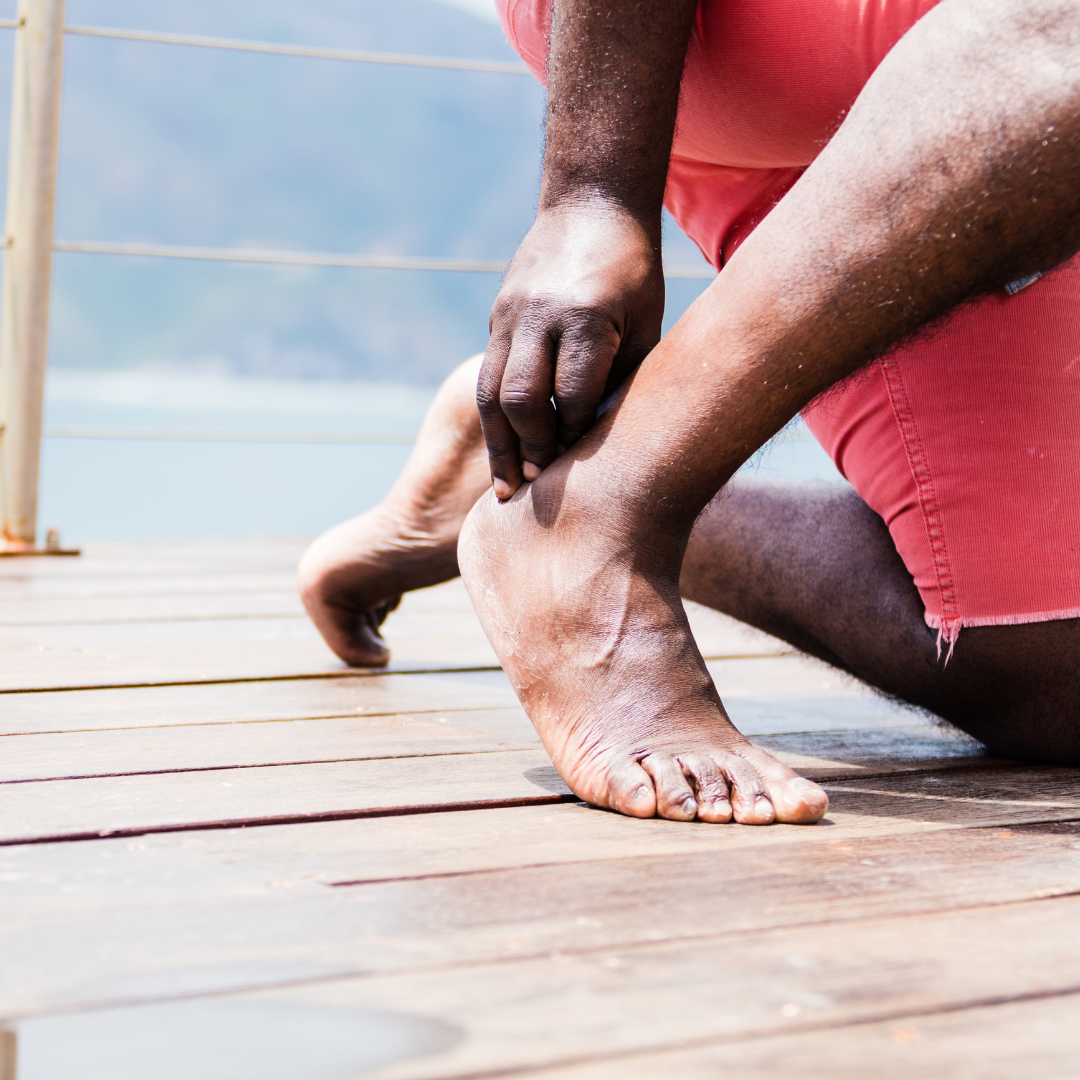Achilles tendinopathy
Achilles tendinopathy is a common overuse injury seen in runners who increase running demands too quickly (either commencing running from being sedentary or increasing a current running program too suddely) resulting in changes in the tendon composition.
After exercise very small amounts of normal tissue depletion occurs. Considered in very basic terms this means that there is a small alteration in the compostion and structure of the tendon.
In the case of a tendinopathy developing, the training sessions progresse resulting in the rate of this microdamage to the fibres of the achilles tendon exceeding the rate that the body can repair the tissue.
This is primarily seen when there is not enough rest between the sessions and can cause achilles pain and lead to Achilles tendinipathy.
You need to be cautious with these injuries as there usually is not a sudden episode and has a gradual onset, often creeping up and by the time you become aware of this it is too late.

Signs and symptoms of Achilles Tendinopathy
Common signs that an achilles tendinopathy may be developing include:
- Morning stiffness which gradually improves as the achilles gets warmer
- Achilles feels sore to touch or may feel or look thicker
- Significant pain the day after activity which progressively gets worse from session to session, reducing the capacity to train
Contributing factors to the onset of Achilles tendinopathy:
- Overuse of the tendon through activity
- Poor/outworn footwear
- Poor running technique
- Sudden changes to your training regime
- Biomechanical contributions from weak calf muscles or weakness or lack of endurance from muscles around the hip and knee
Treatment and self-management strategies
- Graded strengthening program (targetting gastrocnemius and soleus muscles) involving a range of contraction types. Commencing isometric (heel raise holds), moving to eccentric (15reps x3 sets, twice a day, working into a small amount of pain)
- Running assessment (under the guidance of one of our Physiotherapists)
- Shockwave therapy (under the guidance of one of our Physiotherapists)
- Foot orthotics
- Evaluation and implementation of an adjusted running programme

